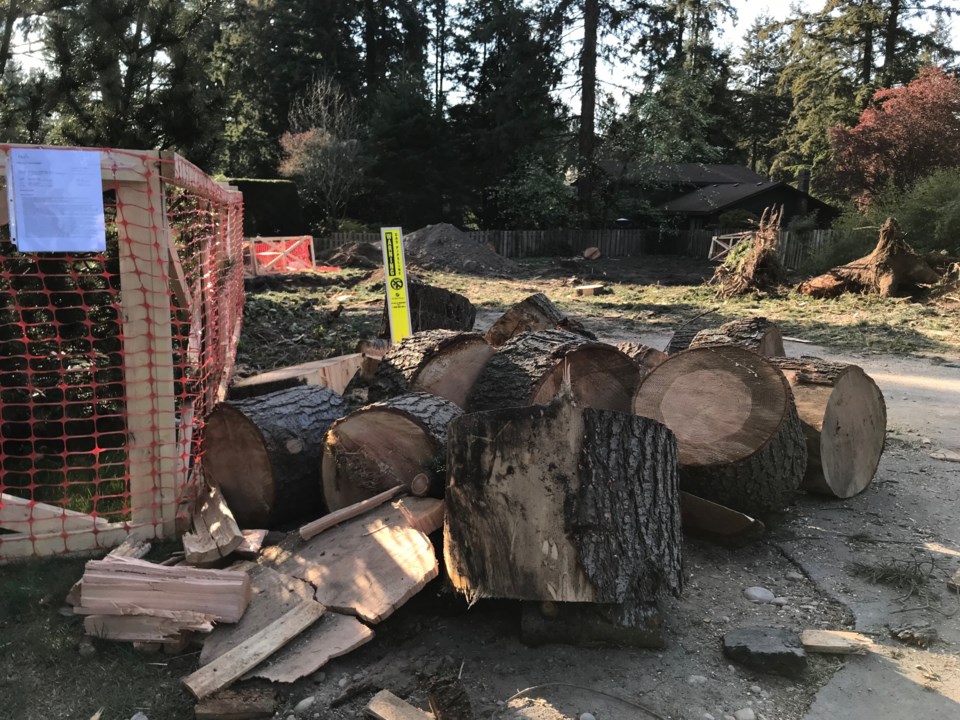Delta council will be considering a new urban forestry strategy and proposed amendments to the city’s tree protection bylaw within the next weeks.
That’s according to staff in a response to a recent letter writer conveying concerns about tree removal procedures and suggesting a tree cutting moratorium be implemented for the Sunshine Hills neighbourhood until a bylaw is considered.
Council last year directed staff to look at updating the cities tree bylaw following increasing complaints about lots being clear cut of big trees to make way for new houses.
Some of the proposed changes include requiring more replacement trees when larger trees are cut down and having more large replacement trees, where feasible.
Removing a large diameter tree could result in a two-for-one replacement of big trees.
One of the biggest changes would be the addition of a “significant trees” category.
Significant trees are defined as having “significant value to the community because of special characteristics such as size, age, uniqueness of species, uniqueness of ecosystem, or heritage or landmark value.”
The bylaw is part of a new urban forest strategy being developed by the City of Delta.
The strategy includes increased planting initiatives by the city that will be funded through greater contributions to a tree reserve.
Delta last updated its tree bylaw in 2015 to allow one tree to be cut without an arborist's report, or outside of an emergency, every 24 months instead of one each calendar year.
Some of the other changes included requiring five replacement trees for every tree cut or damaged without a permit or contrary to a permit, and removing the maximum $2,000 permit fee to ensure applications for a large number of trees being cut pay their fair share.
The amended bylaw also provided council with the ability to reject applications for 24 months for properties where trees have been cut in violation of the legislation.
The previous revision of the tree bylaw before those changes was in 2006.
A report to council two years ago noted an analysis based on 2016 aerial photos showed increases in the tree canopy in all three Delta communities from the 2004 baseline.



